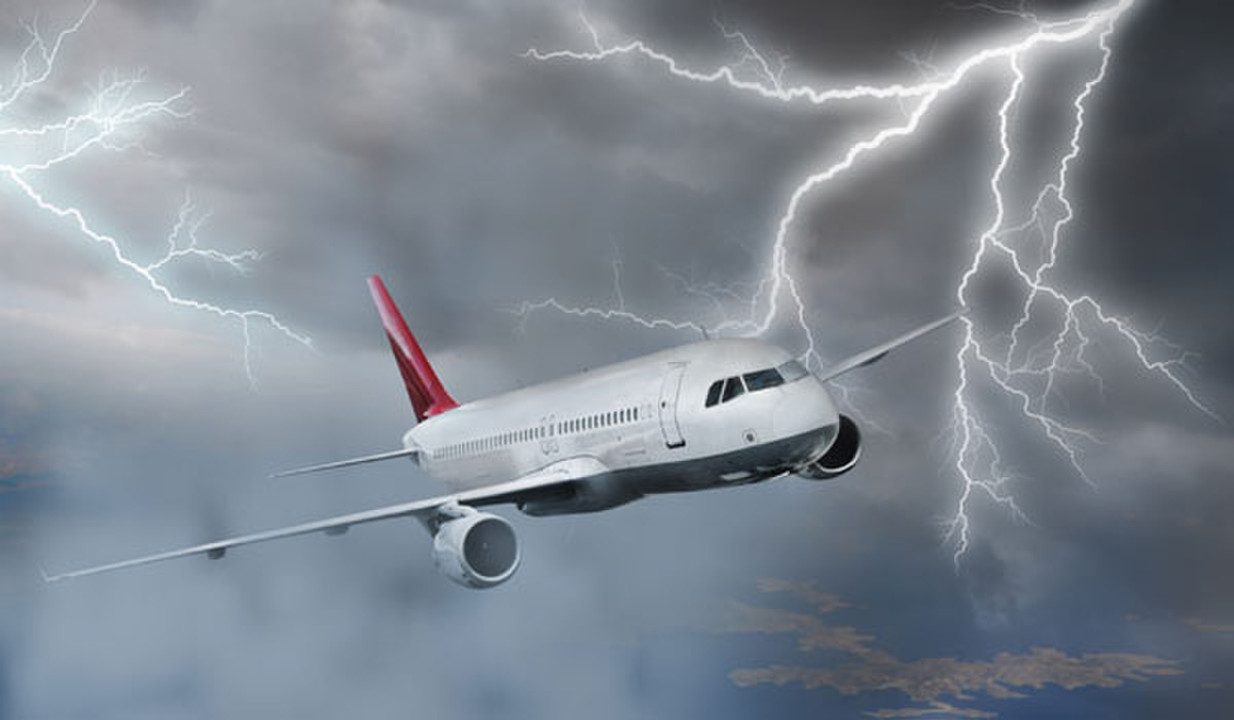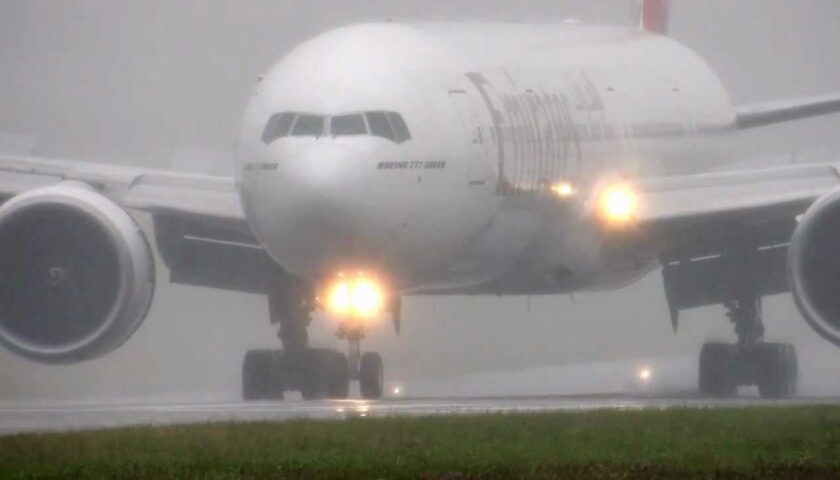- Recently I was operating to Colombo. ATIS reported thunderstorm activity around aerodrome and heavy rain. Subsequently, the Director reported Aerodrome lightning warning.
- After we landed, we realized that all ground movement has been suspended due to lightning warning, and passengers had to wait for 45 minutes before de-boarding.
Airplanes get struck by lightning frequently. Fortunately, they’re built to handle it.
The average commercial airliner gets hit by lightning a little more than once a year according to Lightning Technologies Inc., a Massachusetts-based company that manufactures lightning protection for aircraft.
The last confirmed commercial plane crash directly attributed to lightning occurred in 1967 when lightning caused a catastrophic fuel tank explosion. Since then, much has been learned about how lightning can affect airplanes. As a result, protection techniques have improved. Today, airplanes receive a rigorous set of lightning certification tests to verify the safety of their designs.
- Whether on the ground or in the air during a lightning strike one of the safest places is an aeroplane. The lightning would generally attach to an extremity such as nose or wingtip, the current will travel through exterior skin which is made of aluminium and exit off some other extremity while travelling through clouds.
Pilots occasionally report temporary flickering of lights or short-lived interference with instruments or seeing the blue glow on the windshield or metal objects called ‘ St Elmo’s Fire’.
- The sensitive equipment like computers and navigation equipment inside the aircraft are carefully shielded and grounded for protection against the surge.
- The other main area of concern is the fuel system, where even a tiny spark could be disastrous. Extreme precaution is taken to prevent even tiniest of spark.
Good communication and knowledge during such extreme weather can calm fear and tempers not only of passengers but also of the team.
Being responsible for safety of passengers should be the entire teams responsibility.
Be safe. Happy landing.



